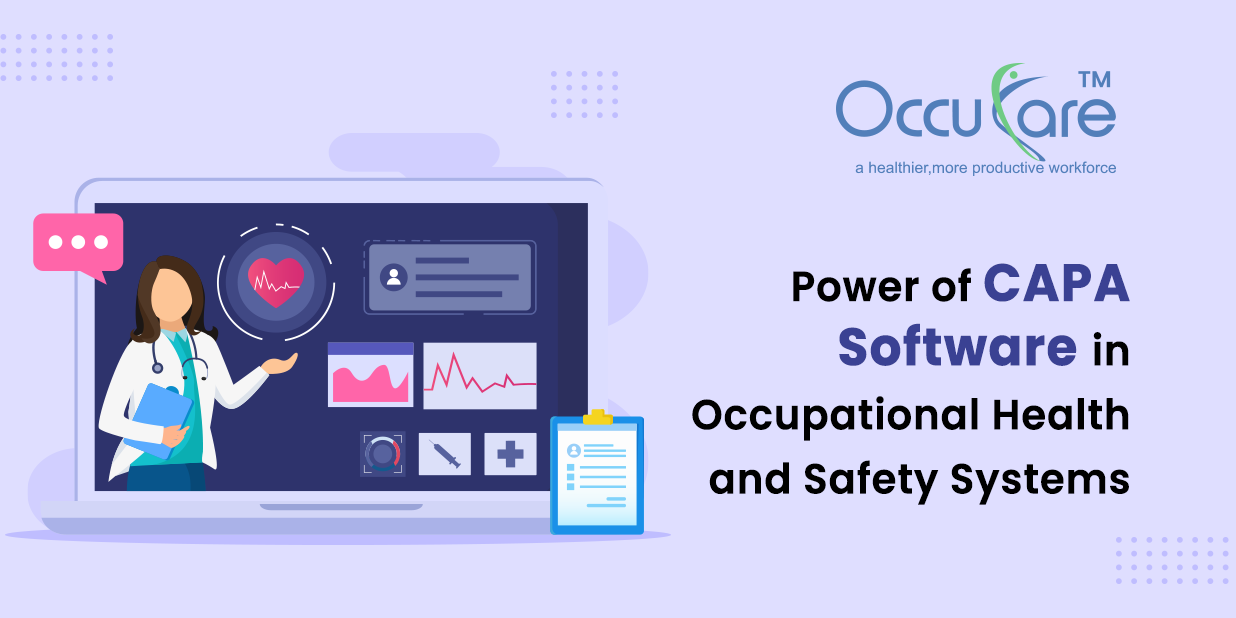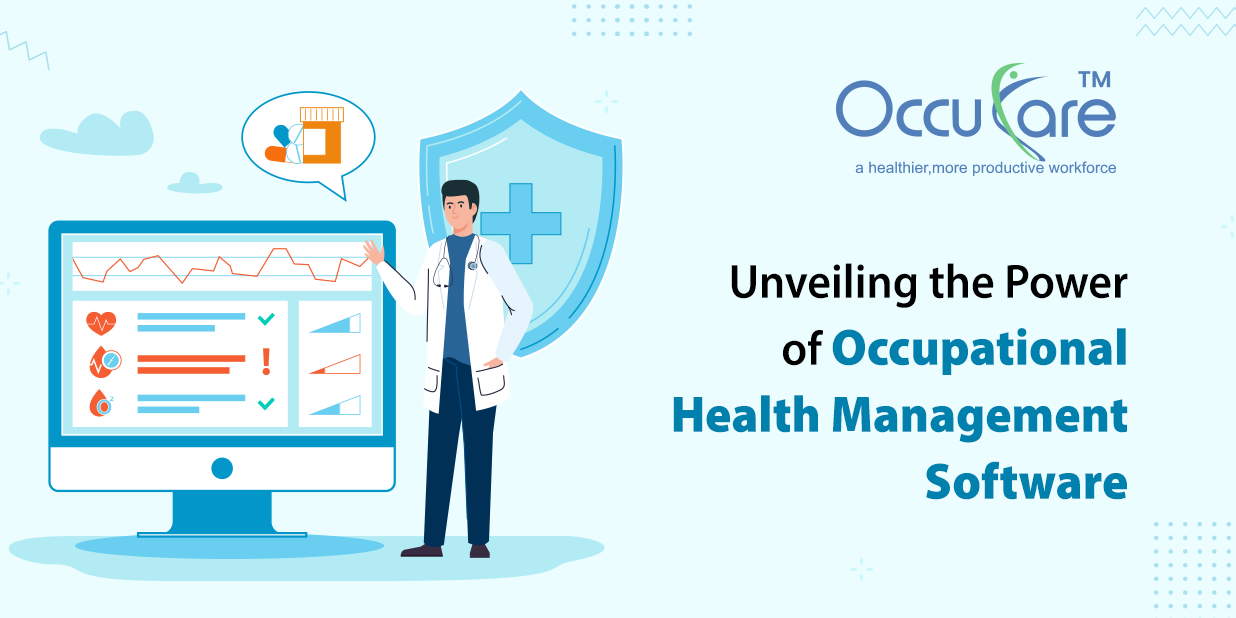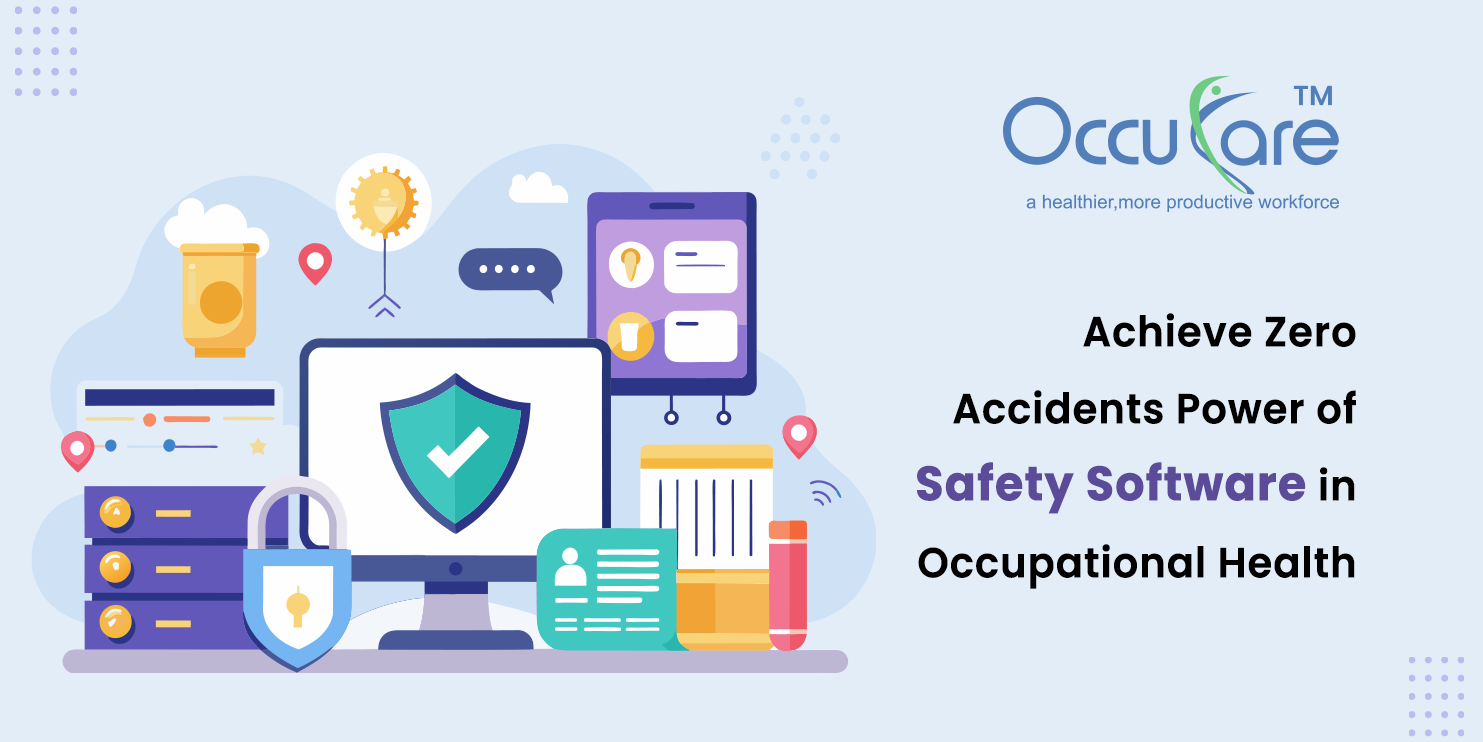Workplace safety has advanced beyond the confines of conventional safety procedures and checklists in today’s fast-paced, technologically advanced society. These ground-breaking ideas have completely changed how businesses prioritize and manage their staff members’ safety. The enormous power of workplace safety software, OHS software, and OHS systems, as well as their crucial role in improving OHS, will be discussed in this blog.
1. Streamlining Safety Management with Workplace Safety Software:
The capacity of workplace safety system, often known as OHS software or OHS systems, to streamline safety management procedures is one of its main advantages. Traditional approaches made extensive use of manual record-keeping and paperwork, which were prone to mistakes and inefficiencies.
2. Real-time Incident Reporting with OHS Software:
Workplace safety software, including OHS software, allows for real-time incident reporting, enabling employees to report hazards or accidents immediately. This feature empowers organizations to respond promptly to incidents, minimizing their impact and preventing potential accidents from escalating into more serious issues. Real-time reporting also promotes a culture of transparency and encourages employees to take an active role in their safety.
3. Data Analytics for Proactive Safety Measures in OHS Systems:
One of the most potent aspects of workplace safety software, including OHS software and OHS systems, is its data analytics capabilities. These tools can collect and analyze vast amounts of safety-related data, helping organizations identify trends, patterns, and potential risks. By spotting these insights, organizations can take proactive measures to prevent accidents and create a safer working environment.
4. Compliance and Regulatory Alignment with Workplace Safety System:
Ensuring compliance with OHS regulations is a top priority for every organization. Workplace safety system, such as OHS software and OHS systems, can automate compliance management by tracking and updating safety regulations and standards. This helps organizations avoid costly fines and penalties while maintaining a strong safety culture.
5. Training and Education with OHS Software:
Continuous employee training and education are crucial for maintaining a safe workplace. Workplace safety software, including OHS software, often includes features for tracking and managing employee training programs. This ensures that all employees are up-to-date on safety procedures and helps organizations meet regulatory requirements.
6. Communication and Collaboration via OHS Systems:
Any successful safety program must have strong communication at its core. Employees, safety managers, and other stakeholders can communicate and collaborate more easily thanks to workplace safety software, such as OHS software and OHS systems. Real-time information sharing about crucial safety issues is made possible by features like message boards, alerts, and notifications.
7. Mobile Accessibility of Workplace Safety Software:
In an increasingly mobile workforce, workplace safety software, including OHS software and OHS systems, offers the advantage of accessibility from anywhere, anytime. Employees can report incidents, access safety information, and receive alerts on their mobile devices, making safety a part of their daily routines.
8. Performance Metrics and Reporting with OHS Software:
Analyzing safety program effectiveness requires tracking safety performance and producing reports. Organizations can monitor key performance indicators and make data-driven decisions to improve safety using customizable dashboards and reporting tools provided by workplace safety software, including OHS software and OHS systems.
Conclusion:
Occupational health and safety software, usually referred to as OHS software or OHS systems, is a potent instrument that has changed the field. These software solutions have become essential for businesses devoted to establishing safe working environments by streamlining safety management, enabling real-time incident reporting, utilizing data analytics, ensuring compliance, facilitating training, improving communication, and offering mobile accessibility.
Workplace safety software, OHS software, and OHS systems enable organizations to be proactive rather than reactive in managing risks and preserving their most valuable assets—their employees—in a time when safety is of the utmost importance. Organizations can use technology to reduce incidents and accidents while also fostering a culture of safety that permeates the entire workforce. Workplace safety software, OHS software, and OHS systems will all continue to be essential elements of thorough Occupational Health and Safety programs despite their rapid technological development.





